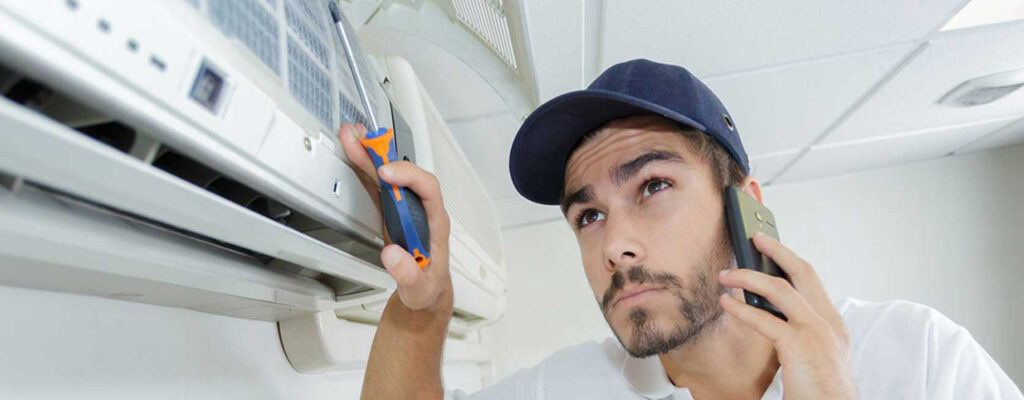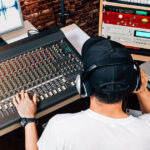INTRODUCTION
Flying has revolutionized the way we travel, connecting distant destinations with ease. Whether you’re a frequent flyer or an occasional traveler, have you ever wondered about the creature comforts that make your journey comfortable at 30,000 feet? In this article, we’ll explore the essential components that ensure a pleasant flight experience: air conditioners and lights on airplanes.

Understanding Aircraft Comfort Systems
The Vital Role of Air Conditioning (H1)
Air conditioning is an integral part of any modern aircraft. It plays a crucial role in maintaining a comfortable cabin temperature for passengers and crew, especially during long-haul air conditioners and lights . But where exactly are these air conditioners and lights located on the plane?
Location of Aircraft Air Conditioning Units (H2)
Air conditioning units are typically found in the belly of the aircraft, near the cargo hold. These units draw in outside air, filter and cool it, and then distribute it to the cabin through a network of ducts. The conditioned air is carefully regulated to ensure passengers enjoy a pleasant and consistent temperature throughout the flight.
Illuminating the Cabin (H1)
While air conditioning keeps you cool or warm, the lighting inside the cabin sets the mood and helps passengers navigate the aircraft.
Overhead Lighting (H2)
The most common source of lighting in the cabin is overhead lighting. These fixtures are strategically placed to provide even illumination throughout the cabin, making it easy for passengers to read, dine, or relax.

Emergency Exit Signs (H2)
In the event of an emergency, you’ll find additional lighting near the emergency exits. These signs are designed to guide passengers to safety during evacuation.
Lavatory and Galley Lighting (H2)
Airplanes also feature lighting in lavatories and galleys. These areas have specialized lighting to ensure passengers can see clearly while using the restroom or when flight attendants prepare meals and snacks.
The Technology Behind Aircraft Comfort (H1)
Advanced Air Conditioning Systems (H2)
Modern aircraft are equipped with highly advanced air conditioning systems. These systems are not only efficient in temperature control but also in maintaining air quality. Air is continuously filtered to remove impurities and ensure a healthy cabin environment.
LED Lighting (H2)
Over the years, the aviation industry has transitioned to energy-efficient LED lighting. LED air conditioners and lights consume less power, have a longer lifespan, and can be adjusted in terms of brightness and color. This shift has not only reduced energy consumption but also improved the overall passenger experience.
The Passenger’s Perspective (H1)
Staying Comfortable (H2)
For passengers, the presence of air conditioners and lights and well-designed lighting is often taken for granted. It’s only when something goes wrong that we truly appreciate their importance. These systems contribute significantly to our comfort during flights, allowing us to enjoy the journey.
Overcoming Travel Fatigue (H2)
Proper cabin conditions, including temperature and lighting, help passengers overcome travel fatigue. By ensuring a comfortable environment, airlines aim to make flying a pleasant experience for all.
Conclusion
The next time you board a plane, take a moment to appreciate the carefully designed air conditioning and air conditioners and lights systems that make your journey enjoyable. From the moment you step on the aircraft until you disembark, these elements work in harmony to ensure your comfort.

Unique FAQs
- How does aircraft air conditioning work?
- Aircraft air conditioning units draw in outside air, filter and cool it, and then distribute it to the cabin through a network of ducts, maintaining a comfortable temperature.
- Why are LED lights used in airplanes?
- LED lights are energy-efficient and offer greater flexibility in brightness and color, making them a suitable choice for aircraft lighting.
- What happens if the air conditioning fails during a flight?
- In the rare event of air conditioning failure, the crew is trained to handle the situation and may provide additional ventilation through manual methods.
- Are airplane lights dimmed during night flights?
- Yes, during night flights, cabin lights are dimmed to create a more relaxed atmosphere, helping passengers rest.
- Can passengers adjust the cabin temperature and lighting?
- Passengers typically cannot control cabin temperature or overhead lighting. Flight attendants have control over these systems to ensure passenger comfort and safety.



